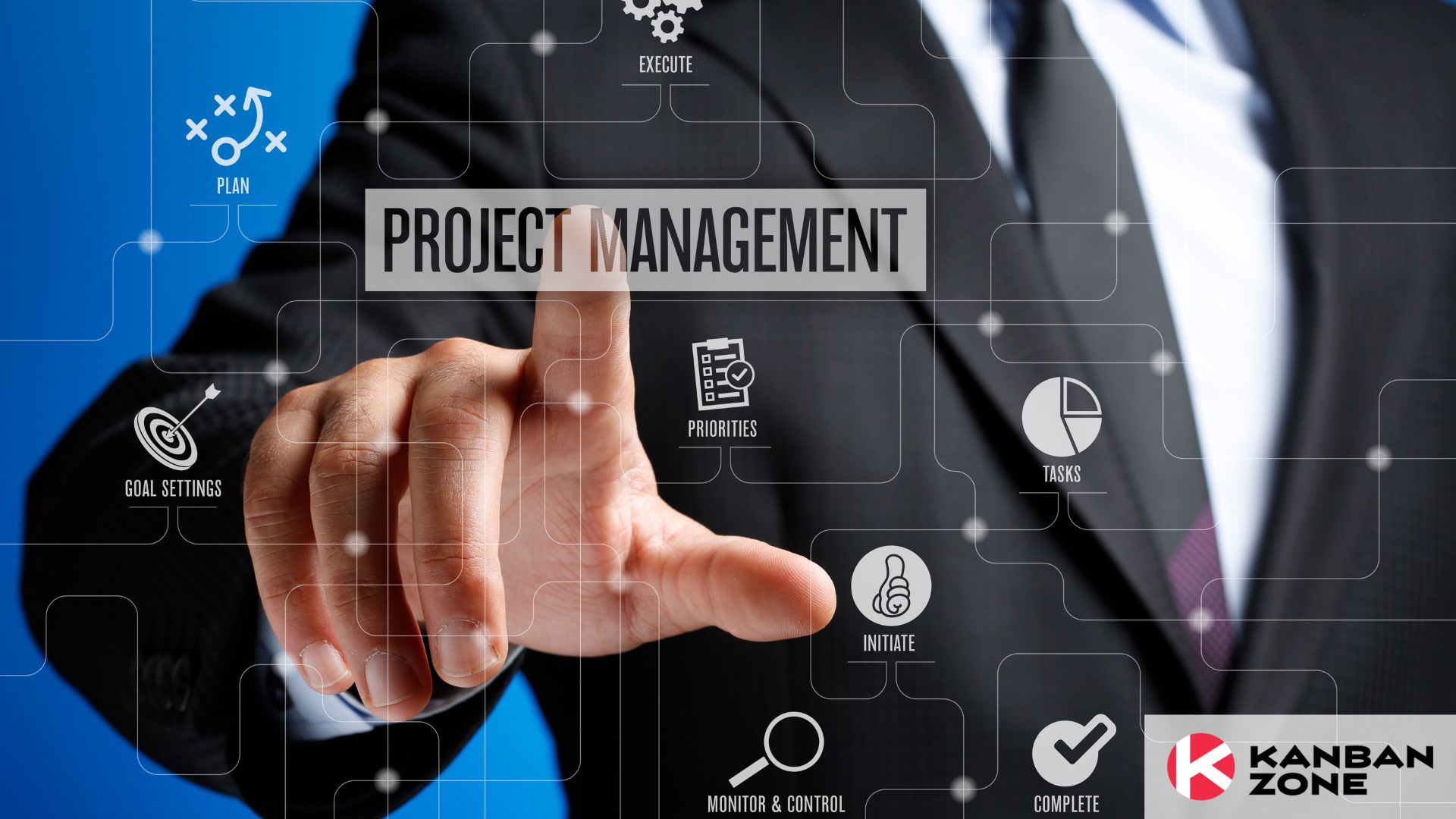What comes to mind when you hear the phrase project management? Words like schedules, deadlines, budgets, and resources may ring a bell. But what is project management? As we go along this article, we’ll also discover what Kanban project management is about.
The Project Management Institute (PMI) defines project management as “the application of knowledge, skills, tools, and techniques to project activities to meet the project requirements.” A project is a time-bound activity taken by an individual or a group. It has a defined set of goals and resources. The approach used to tackle a project is what project management is all about.
Project management isn’t a 21st-century concept. Our ancestors have been practicing forms of it since time immemorial. Take for example some of the world’s most famous wonders like the Pyramids of Giza and the Great Wall of China. Not only did it take a whole empire to build these two, but we bet it took some serious skills too!
Today, there are numerous methodologies that are used by organizations worldwide. Here are some of the most popular ones:
- Agile
- Lean
- Scrum
- Six Sigma
- PRINCE2
- Kanban
- Waterfall
But why do you need project management anyway?
Importance of Project Management
Having a project management methodology in place is important because each project comes with risks. Without planning and control, these risks may jeopardize the success of any project. An effective project management approach enables teams to mitigate risks to deliver project goals on-time and within budget.
Not all projects have the same requirements and levels of complexity. Various project management methods have emerged because people are finding different ways to combat the challenges that come with implementing projects. Challenges in time, budget, resources, and scope are often experienced. The choice of what methodology to use is the decision of the organization or team.
One methodology in the previous list has been gaining popularity because of its versatility, ease of implementation, and effectiveness in delivering successful projects.
Let’s talk about Kanban Project Management.
What is Kanban Project Management?
Kanban (pronounced kahn-ban) takes its roots from the Japanese automotive industry and has been used since the 1940s. It is one of the 12 pillars of the Toyota Production System. Kanban means “sign” or “card” in Japanese. The core of Kanban is the use of visuals to aid the smooth flow of work on the shop floor.
In the early 2000s, Kanban started to gain traction in knowledge work and was used outside of manufacturing. David J. Anderson first explored the use of kanban in software development in 2004. Six years later he wrote the book, “Kanban: Successful Evolutionary Change for your Technology Business”. This has helped solidify Kanban as a project management methodology.
Kanban project management is a visual system that enables teams to execute tasks based on their process flow. When implementing Kanban project management, teams can experience the following benefits:
- Break down the project to manageable tasks
- Enforce focused work
- Prevent overburdening or idleness
- Decrease cycle times to deliver faster to customers
- Surface project risks and process inefficiencies faster
- Ease of implementation
- Incremental process improvements
- Happier employees
Reaping these benefits are made possible through following the 5 core Kanban properties and ensuring the Kanban project management principles are observed.
The 4 Principles of Kanban Project Management
Start with what you’re doing now
Implementing Kanban does not require drastic changes. Unlike other methodologies that prescribe a set of rules, Kanban can work alongside your current process. It would simply amplify your current process and highlight what needs to improve. This way, you are able to introduce incremental changes and streamline your process.
If you don’t have a methodology in place, then you can start with a simple three-step Kanban system and refine your process as you do the work.
Agree to pursue incremental, evolutionary change
Proponents of Kanban project management have recognized that big bang changes often do not gain traction in teams. Teams can take time to adapt to certain changes, especially if they are a bit drastic. Changes in team composition, roles, and the way work is done can be too much to digest at one time. If it’s too much for a team to handle, resistance becomes inevitable.
Kanban encourages teams to take small, incremental steps to improve their workflow and process. Taking incremental steps towards improvement also allows teams to gauge the effects of their actions more closely. They can isolate what activity has attributed to a positive or negative impact and decide how to move forward. This allows them to be nimble and apply course corrections easily.
Respect the current process, roles, responsibilities, and titles
Unlike other methodologies, Kanban does not come with preset processes or roles. This principle greatly ties in with the first principle. You do not have to start assigning new roles and responsibilities to your team. This is not to say that Kanban teams would not experience any change in their team structure. When practicing Kanban, teams would normally grow to find what roles would work for them.
Through the years, Kanban has seen evolutions in its practice including the formalization of some project management roles. David J. Anderson first discussed the roles – Service Delivery Manager (SDM) and Service Request Manager (SRM) – in his 2016 article, Emerging Roles in Kanban. It should be noted though that these roles are not imposed, rather suggested. Teams can also adapt the current roles they have to cover what an SDM and SRM would do in a project management setting.
Encourage acts of leadership at all levels
Successfully implementing Kanban is a collective effort of all project members and does not rely on one team member or a manager. Gone are the days when managers would do all the decision-making. We have since recognized that the best recommendations often come from the ones who are actually doing the work. It doesn’t matter what function you perform or your level in the organization. Everyone in the team can point out inefficiencies and implement changes.
This approach to project management makes employees more engaged and amplifies accountability. When team members know the degree of their influence, they would be more engaged to put the best ideas forward.
A continuous improvement (kaizen) mindset is very important for a successful Kanban implementation, or for any project implementation for that matter. When kaizen is deeply ingrained in the team’s mindset, improvement initiatives would come naturally. All these will translate to better quality of service and products.
Getting started on Kanban Project Management
Excited to implement Kanban project management? Here’s a step-by-step guide you can use to help you get started. As for tools, you’ll need to have your kanban board. If you’re going for a digital tool, you will realize that there are a lot of them available online. When choosing a kanban board software, make sure it implements the Kanban properties and principles and enhances team collaboration. If you’re using Waterfall methodology for your projects, check out our Waterfall board template.
Now, if you’re ready to take your project to a new level, try Kanban project management today.
Learn to Work Smarter, Not Harder!
Get our top articles weekly.
Table Of Contents
Discover many more posts…







